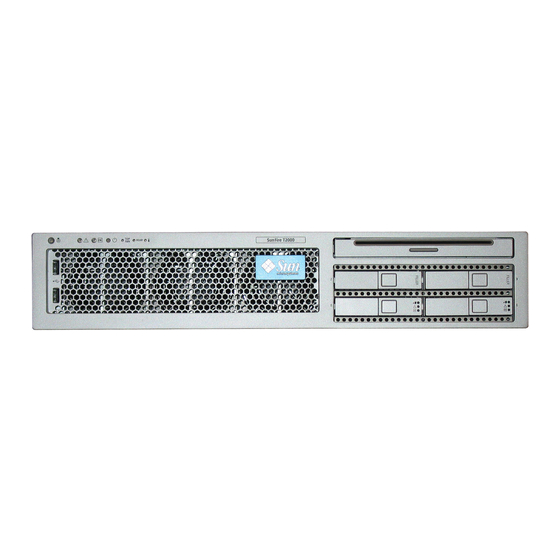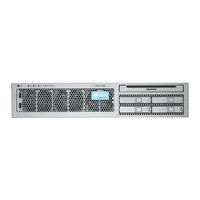
Sun Microsystems Netra T2000 Server Manuals
Manuals and User Guides for Sun Microsystems Netra T2000 Server. We have 4 Sun Microsystems Netra T2000 Server manuals available for free PDF download: Service Manual, Administration Manual, Installation Manual
Sun Microsystems Netra T2000 Service Manual (166 pages)
Brand: Sun Microsystems
|
Category: Server
|
Size: 3 MB
Table of Contents
-
Preface
17 -
-
-
-
-
Fan Leds47
-
-
Running POST60
-
-
-
-
Required Tools102
-
-
-
Removing Dimms112
-
Replacing Dimms114
-
-
-
-
-
Adding Dimms152
Advertisement
Sun Microsystems Netra T2000 Administration Manual (122 pages)
Server
Brand: Sun Microsystems
|
Category: Server
|
Size: 0 MB
Table of Contents
Sun Microsystems Netra T2000 Installation Manual (116 pages)
Netra T2000 Server Installation Guide
Brand: Sun Microsystems
|
Category: Server
|
Size: 8 MB
Table of Contents
-
Server Views17
-
-
Tools Needed29
-
-
-
-
-
-
-
USB Ports89
-
Alarm Port90
Advertisement
Sun Microsystems Netra T2000 Service Manual (138 pages)
Brand: Sun Microsystems
|
Category: Server
|
Size: 23 MB
Table of Contents
-
Preface
9 -
-
-
-
Fan Leds35
-
Running POST45
-
-
-
Advertisement
Related Products
- Sun Microsystems Sun Fire T200
- Sun Microsystems Sun Blade T6300
- Sun Microsystems Sun Fire T1000
- Sun Microsystems SPARC T5120
- Sun Microsystems SPARC T5220
- Sun Microsystems Netra T4 AC100
- Sun Microsystems Netra T4 DC100
- Sun Microsystems Netra T1 AC200
- Sun Microsystems Netra T1 DC200
- Sun Microsystems SPARC Enterprise T5240



